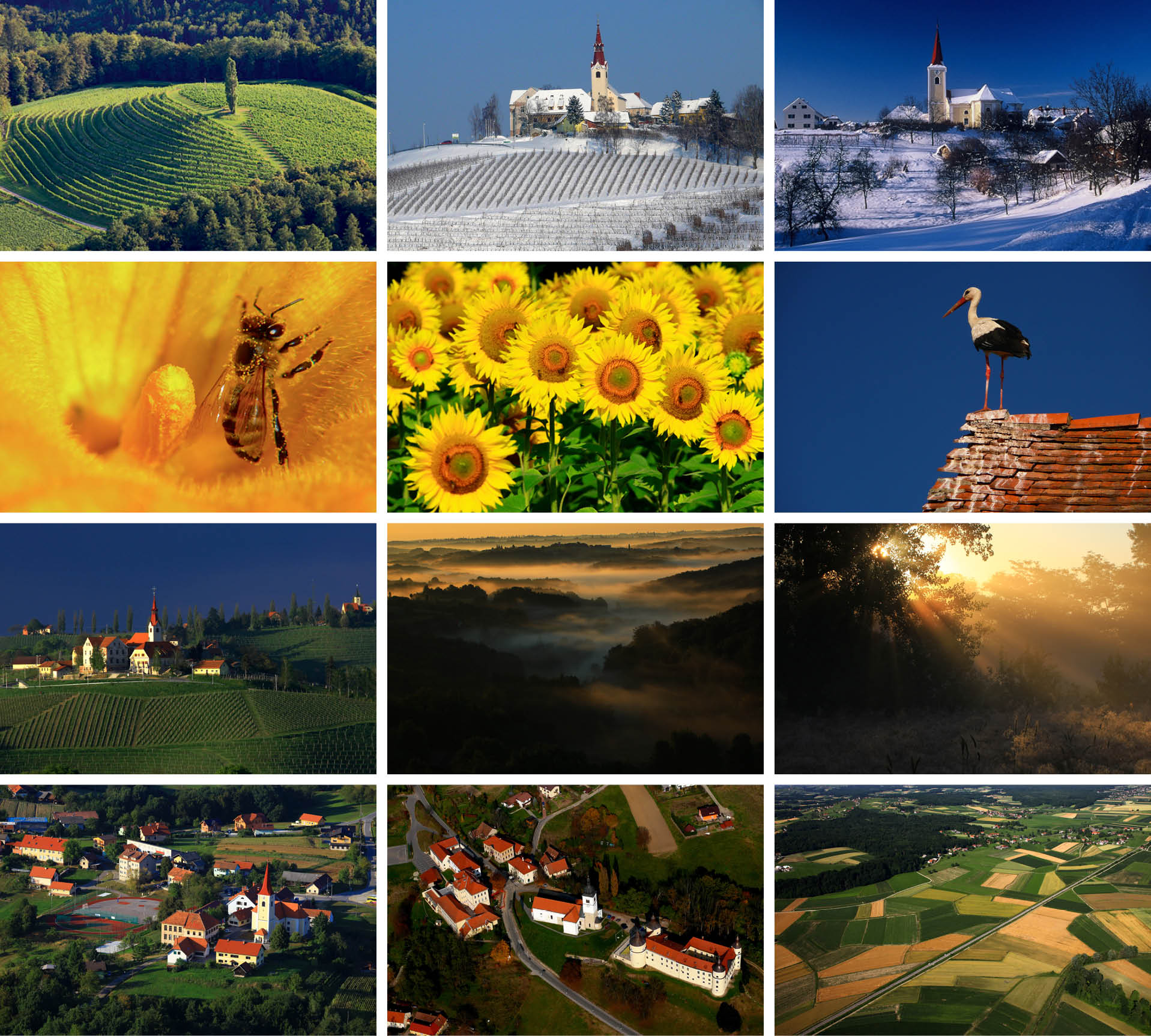TIC Ormož
TIC Ormož, Grajski trg 3, 2270 Ormož
Telephone
+386 (0)2 741 53 56, +386 (0)51 63 43 11Website
http://www.ormoz.netThe Ormož natural terrace extending along the Drava River was already inhabited around 2100 BC. Here, under the hills of Slovenske gorice, at the crossroads of major traffic routes, the rich history of Ormož was weaved. During the Bronze Age it surpassed all of the surrounding localities in importance, size and the originality of urban design. Archeological remains testify to the existence of rich building technology and a vibrant residential, culinary and drinking culture. At the time Ormož was the largest settlement of the Eastern Alps. To this day we are not certain as to the reasons for its later decline. It experienced a recovery only during the Middle Ages.
The town was first mentioned with the name of Holermus in a document dating back to the year 1273. Due to its strategic importance it attained municipal rights in 1293 and city rights in 1331. At the time battles for the eastern border between the Hungarian kings and the Salzburg archdiocese were taking place. It is for this reason, a fortified castle was erected by the Ptuj nobility to defend the border from the Hungarians.
The town, separated from the castle with walls, continued to develop independently. To honour the Ptuj Lord Friderik, who imparted city rights to the town, it was renamed Friedau. However, the previous name Holermus was not completely forgotten. Through centuries of phonetic changes the name of the town developed into the current name of Ormož.
Often the town was devastated by fires and was ravaged by the Hungarians (1487), Turks (1532), rebel Hungarian farmers (1605) and the Kruci (1704). A more peaceful era for its development began only in the second half of the 18th century.
In addition to general town privileges the townsfolk were also allowed to organise annual fairs. This tradition has been preserved to the present day; the St. Jakob Fair continues to take place on the first Monday after St. Jakob’s Sunday, the Flower Fair on the Flower Friday and the St. Martin Fair on 11 November which is St. Martin’s Day.
In 1927, Dr. Majerič founded a clinic for the treatment of rheumatic patients in Ormož. The increasing international prominence of the institution also aided the development of tourism.
Ormož, situated at the intersection of important traffic routes, is valued mainly because of its natural beauty and cultural heritage. The renovation of the town was carried out by honouring the old town’s appearance making Ormož today amongst the most beautiful towns in Slovenia.
OPENING TIME: 31. 10. - 30. 04.
Monday-Friday: 08.00 - 16.00
Saturday: 08.00 - 13.00
OPENING TIME: 01. 05. - 30. 10.
Monday - Friday: 09.00 - 17.00
Saturday: 09.00 - 14.00

Contact
- E-Mail: This email address is being protected from spambots. You need JavaScript enabled to view it.

